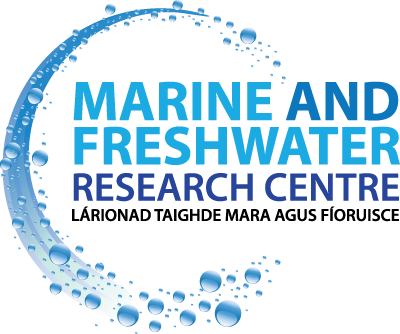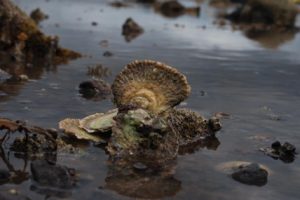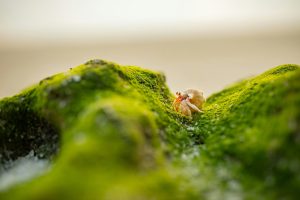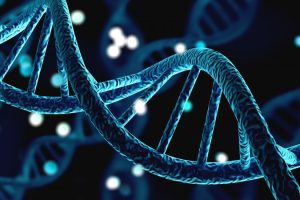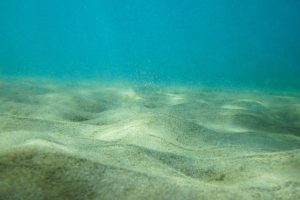
The aim of this NPWS-funded project was to collect baseline information on biodiversity at Dowth Hall and Demesne, a property purchased by the Irish State for the establishment of the Boyne Valley (Brú na Bóinne) National Park.
Contact: Dr Martin Gammell
